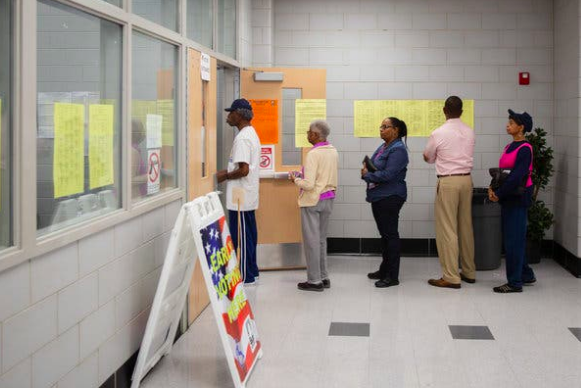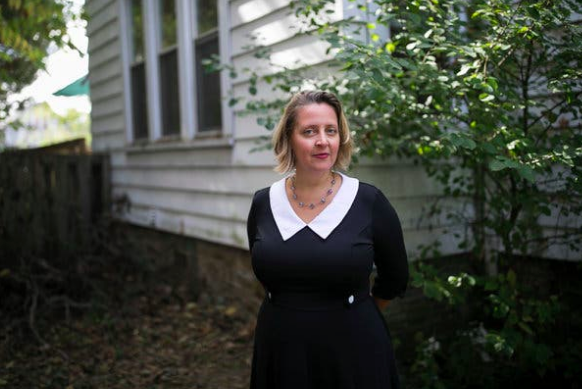Voting rights advocates described the removals as troubling, saying it was just the beginning of efforts to suppress the vote in battleground states.
By Nicholas Casey
Oct. 30, 2019
A coming purge of Georgia’s voter rolls has raised alarms among advocacy groups in the state and nationwide, many of whom see the issue of who gets to cast a ballot re-emerging with next year’s election, particularly in battleground states.
This week, Georgia state officials said they would be removing about 300,000 names from their lists of eligible voters, a number that amounts to almost 4 percent of those registered to vote. The state said the move is a normal part of updating records after voters have moved away or stopped casting ballots.

